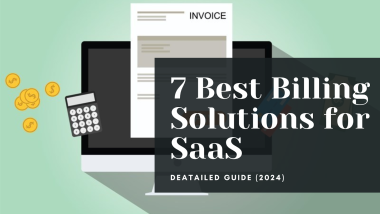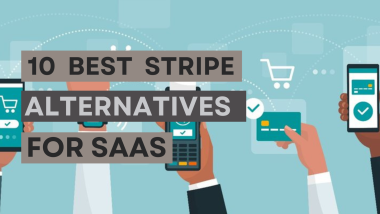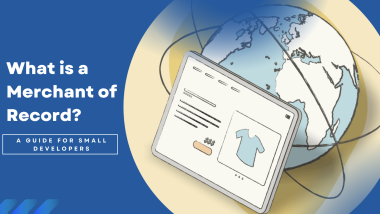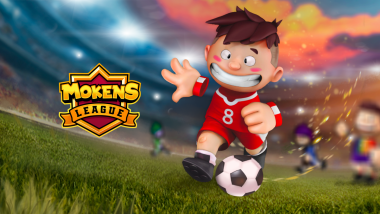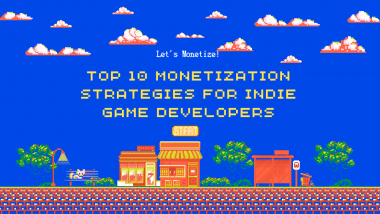Indie game marketing campaigns naturally differ from those spearheaded by major publishers. This chapter shines a light on the marketing strategies that have proven effective for indie developers, even on tighter budgets. While AAA games operate on a larger scale, their marketing techniques can still offer valuable insights for cost-effective alternatives.
Chapter Focus: Exploring diverse marketing strategies tailored for indie games, emphasizing cost-effective methods.
Advice: Identify marketing avenues that:
• Position your game before the right audiences, emphasizing hands-on experience and gameplay.
• Foster personal connections with influencers and gaming enthusiasts. Building and nurturing these relationships not only amplifies your game’s presence but also establishes a strong foundation for your studio’s future. Such connections can reap rewards as your brand evolves.

PR
Understandably, journalists receive a plethora of requests from game developers and publishers, both big and small, to highlight their games. However, not every game might strike a chord with them. Consequently, it’s wise to diversify your marketing strategies beyond just PR.
Advice: PR can be highly effective for indie games, but it’s not a guaranteed success. Diversify your approach by incorporating various marketing strategies and initiatives into your campaign.
Building an Audience: Utilizing Social Media, Email, and More
The importance of nurturing an audience is emphasized by dedicating an entire chapter to this topic. Unlike PR, audience development strategies allow you to directly connect with your followers and have more control over your brand’s narrative. Starting early on these platforms can significantly boost your game’s success, and this engagement can spill over to subsequent releases and the overall reputation of your studio. Effective audience-building methods include:
• Email Campaigns – Accumulate a subscriber list and send regular updates. • Community Engagement – Establish online forums and in-game communities. • Social Media – Harness platforms like Facebook, Twitter, and stay open to emerging platforms. • Official Website – Share updates, multimedia content, blogs, and more. • Video Content – Cultivate a presence on platforms like YouTube, engage in live streams.
Advice: Begin nurturing your audience connections from the outset – be it email lists or social media followers. Having a strong foundation will be advantageous in the long run, providing you with direct communication channels as your audience grows.
For optimal engagement, maintain consistent communication. For instance, aim to post on your social media at least once a week. As you approach the game’s release date, and as you have more content to share, consider increasing the frequency.
Additionally, while it’s beneficial to engage in broader industry discussions, such as commenting on trends or other popular games, ensure that the content remains relevant to your audience. Straying too far from their interests might result in decreased engagement or lost followers.
Promoting Through Channels
For indie developers, effective channel marketing can be achieved through highlighted spots on various digital storefronts and occasional promotional campaigns. Building relationships with representatives from platforms like Steam, PlayStation Store, Xbox Live, and others can enhance the chances of landing these promotional slots. Conferences and trade fairs are ideal for fostering such relationships, especially if these platforms have a booth at the event. Engage with them, exchange business cards, and cultivate connections.
Engaging at Events
Search for events that can increase the visibility of your game and brainstorm various methods to make a mark there. Besides making meaningful personal contacts and portraying a positive image of your game at such events, organizers often offer several marketing avenues. When considering event involvement, think about:
• Showcasing your game on the exhibition floor. • Proposing to be a panel speaker or having a unique session at the event. • Investing in advertising spaces around the event location or in event brochures. • Exploring other promotional opportunities suggested by the event hosts.
However, when offered marketing opportunities by organizers, some might not provide a high return on investment. It’s crucial to critically assess these options.
Remember, major events often attract press and industry professionals, especially the larger exhibitions in metropolitan areas. This offers a great opportunity to expand your network. As mentioned earlier, pay attention to attendee badges and company logos. Engage in discussions and gather contact details of notable individuals visiting your booth.
Sales Boosters and Promotions
To augment your game’s sales, consider implementing periodic promotions. While opportunities exist to participate in large-scale promotional campaigns (like festive sales), it’s equally beneficial to orchestrate independent promotions. Instead of just focusing on price cuts, think about how you can enhance the game’s value in unique ways.
Some promotional strategies include:
• Limited-time Price Drops: Opt for promotions that last a day, several days, or up to a week. Note that promotional efficiency usually diminishes after a week.
• Additional Content: Enrich your game by introducing new levels, characters, or themes. Design campaigns to spotlight this fresh content.
• Holiday Specials: While traditional holidays are common, get creative with unconventional celebrations, such as the end of the school year, the onset of spring, or even Friday the 13th.
• Celebrate Milestones: Mark occasions like the game’s release anniversary, main character birthdays, or hitting specific sales targets (e.g., 50,000 units sold).
• Game Bundles: Platforms like Humble Bundle have historically driven substantial sales for indie games by bundling them together at an attractive price.
Remember to schedule promotions a few months post the game’s launch to capitalize on its early revenue potential. Additionally, plan other promotions periodically throughout the year.
Recognition Through Awards and Game Contests
Engaging in awards competitions can be a brilliant strategy for enhancing your game’s visibility. Many of these contests come with affordable entry fees. Through these platforms, industry experts and influential critics, often associated with renowned blogs or websites, might get introduced to your game, paving the way for further opportunities.
Notably, being a finalist in these competitions already guarantees a spotlight. If you secure a win, the ensuing recognition and rewards can amplify your game’s visibility. Don’t hesitate to showcase such accolades on your website, promotional materials, event displays, and any relevant platform.
Scour for contests, both big and small. Gamejams, where innovative game ideas and their creators gain attention, can also be beneficial.
The Power of Playable Content
There’s no better way to present your game than letting people play it. While showcasing your game at local events has its perks, offering a pre-release version online—like a public beta, demo, or early access—reaches a broader audience.
When distributing a public version, ensure it provides just enough to pique the player’s interest without giving everything away, setting the stage for them to desire the complete game.
Ideally, release your playable version close to your game’s official launch date. This minimizes the risk of players losing interest or getting distracted by other games in the interim.
Your Digital Hub: The Website
Your website is a domain where you wield the most authority (use Website Builder of ours for Free to create one). While it’s tempting to design flashy sites with all sorts of animations, prioritize functionality.
Essential website features to focus on: • Compelling main content like an enticing image or trailer that captures attention. • Regular updates and news, ideally showcased on your homepage, possibly through a blog section. • Clear links to enhance engagement—pointing to your social platforms like Facebook, Twitter, or your Twitch/YouTube channels. • A prompt for email sign-ups. • Vital game details—description, release date, platforms, purchasing options, and pricing. • Dedicated ‘About’ and ‘Press’ sections:
- About: Information about your studio, team, and games.
- Press: Tools for the press, including contact details, downloadable assets, and potential article feature links.
Utilizing website analytics can be a game-changer. It helps in monitoring traffic, understanding the impact of various campaigns, and measuring success.
Paid Advertising
By diligently researching, you can identify suitable platforms for paid advertising that align with your budget. Ensure your ads are with credible outlets that cater to your game’s potential audience. Niche platforms might offer more value for your money than larger, more generic platforms.
Understanding Marketing Vehicles
Here’s a simplified visualization of the pros and cons of various marketing avenues. While PR and channel strategies can be highly influential, they’re not entirely in your hands. Channels and press have the final say. However, with your website, audience development strategies, and public demos, you dictate the narrative. Such avenues can significantly boost your outreach and impact. Events and shows offer controlled exposure but may be limited in reach compared to other methods. With paid ads, you might reach a vast audience, but the environment isn’t entirely under your control.
Case Study: Supergiant Games
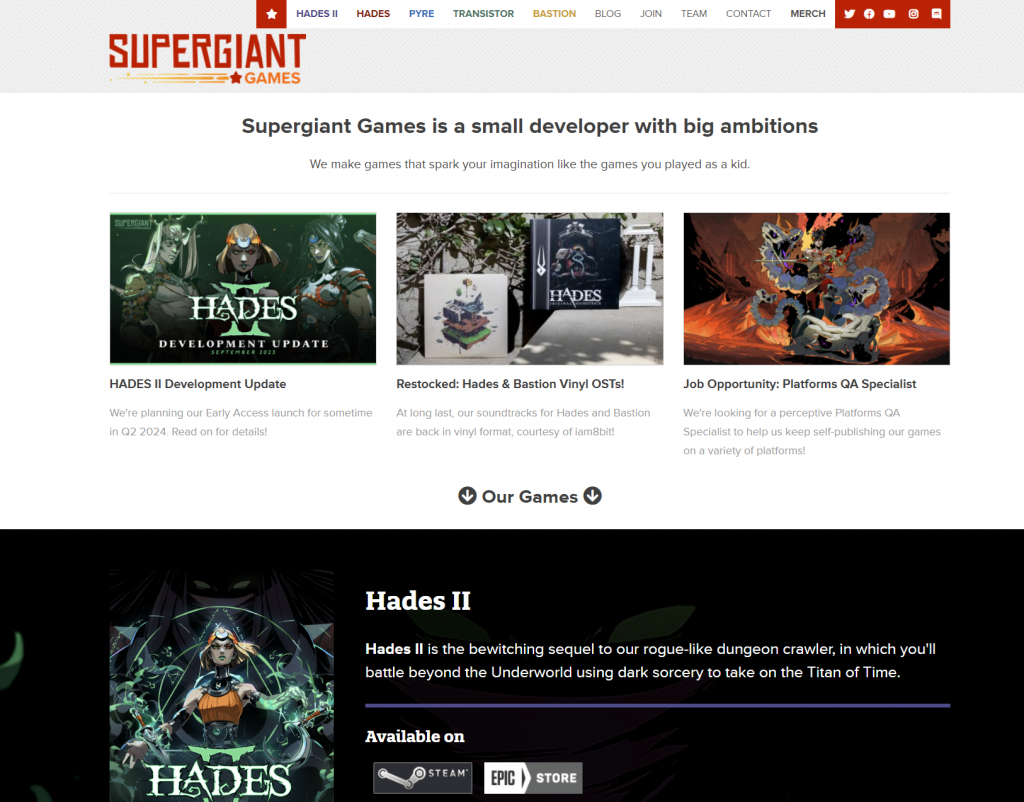
Throughout this article, it’s clear that the indie gaming world is diverse in its stories of success. Supergiant Games, a Northern California-based studio, stands out as a stellar example. While they may appear like an overnight success from a distance, their journey is built upon humble origins, hard work, and unwavering dedication.
Indeed, as the Roman philosopher Seneca aptly remarked, “Luck is what happens when preparation meets opportunity.” Supergiant Games’ impressive journey underlines this, with their passion, skills, and favorable reception acting as catalysts for success. Many teams possess similar passion but might not have mirrored Supergiant’s early achievements.
Diving deeper into their story, founders Amir Rao and Gavin Simon, formerly of EA, brought together a talented mix of former colleagues and long-time friends to create Supergiant. This team, working from Amir’s father’s house, consisted of diverse talents, from Amir’s childhood friend Darren Korb to former videogame journalist Greg Kasavin and artist Jen Zee, among others. Their combined expertise and past experiences contributed to the magic of their first game, Bastion.
The narrative of Bastion, described on their site, is a vivid action role-playing game where players embark on an adventure in a beautifully crafted world, guided by a mysterious narrator. Crafted by a team of seven over 20 months, it initially debuted on Xbox’s online channel.
A significant milestone was when Bastion was chosen as one of the PAX10 by Penny Arcade. This recognition, coupled with their robust communication strategies and behind-the-scenes features with outlets like Giant Bomb, propelled them to the forefront. By the time of Bastion’s 2011 launch on Xbox Live Arcade, the game had received extensive acclaim from notable media outlets.
Furthermore, Supergiant’s methodical approach to releasing games on diverse platforms set them apart. Instead of outsourcing, they took the in-house route, ensuring quality and consistency. The accolades and sales figures for Bastion testify to the success of this strategy.
Soon after, they embarked on their second venture, Transistor, carrying forward the hallmarks that made Bastion a standout – Jen Zee’s illustrative aesthetics, immersive narration, and meticulous gameplay reflecting the team’s profound love for gaming.
Final Thoughts
Starting in the humble confines of Amir Rao’s father’s living room, Supergiant Games stands as a testament to what passion combined with dedication can achieve. Their story is a beacon of inspiration in the indie game landscape, showcasing the diverse paths to success, be it a debut hit or a series of iterative releases leading to eventual triumph.
Tasks to Consider:
- Considering your game’s attributes, identify which marketing avenues might be most effective for your next launch. Why?
- Identify indie developers who excel in using the marketing vehicles outlined in this section. Extract key insights from your observations to enhance your game’s promotional strategy.
